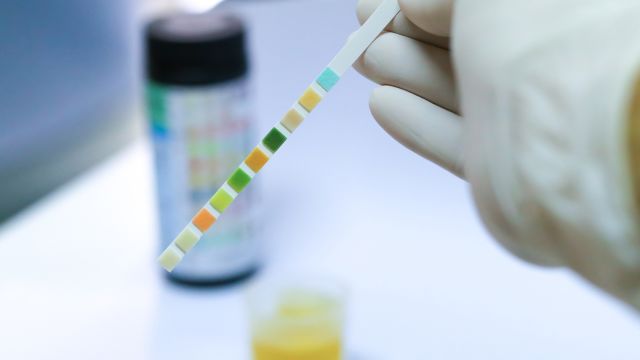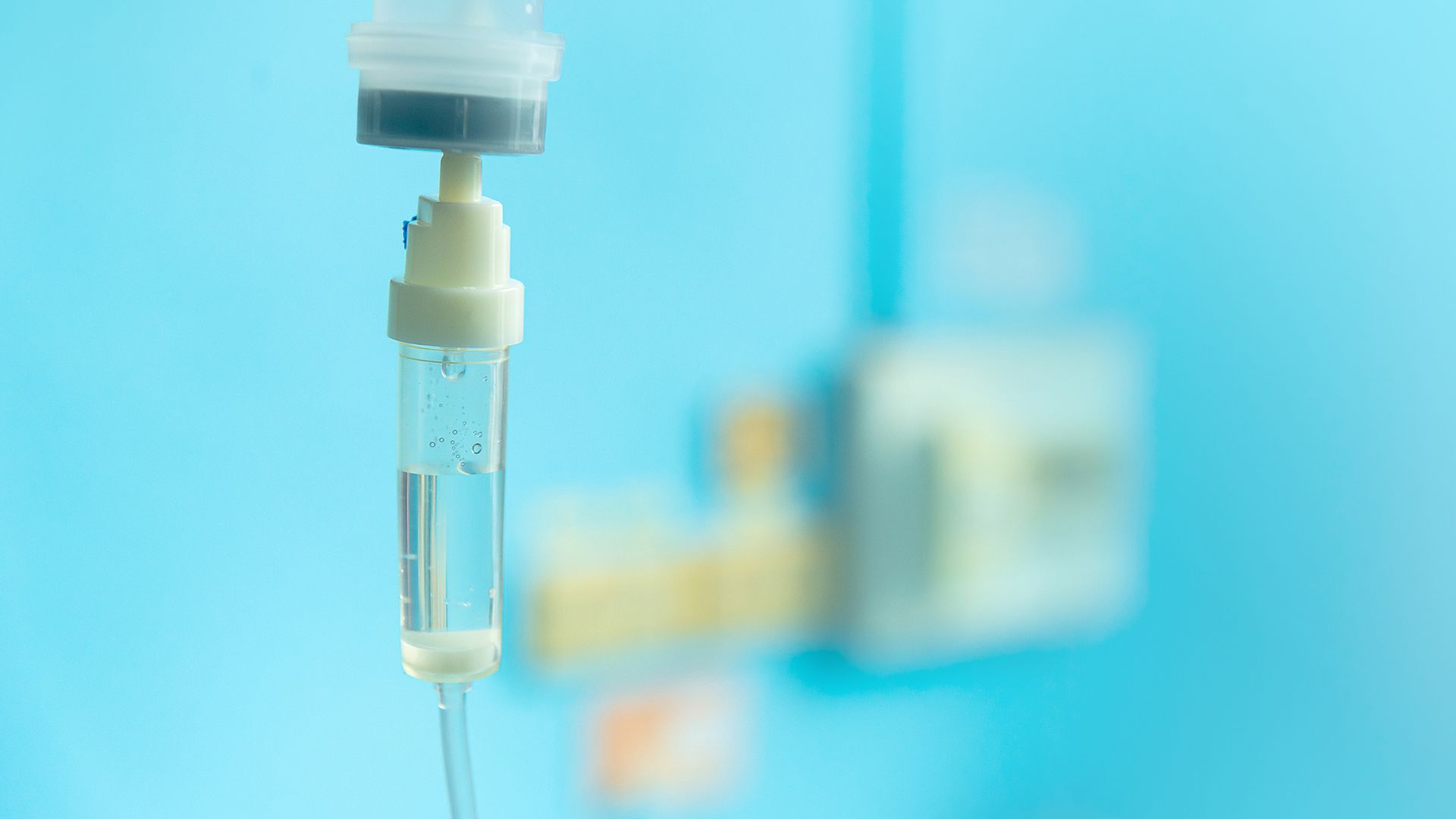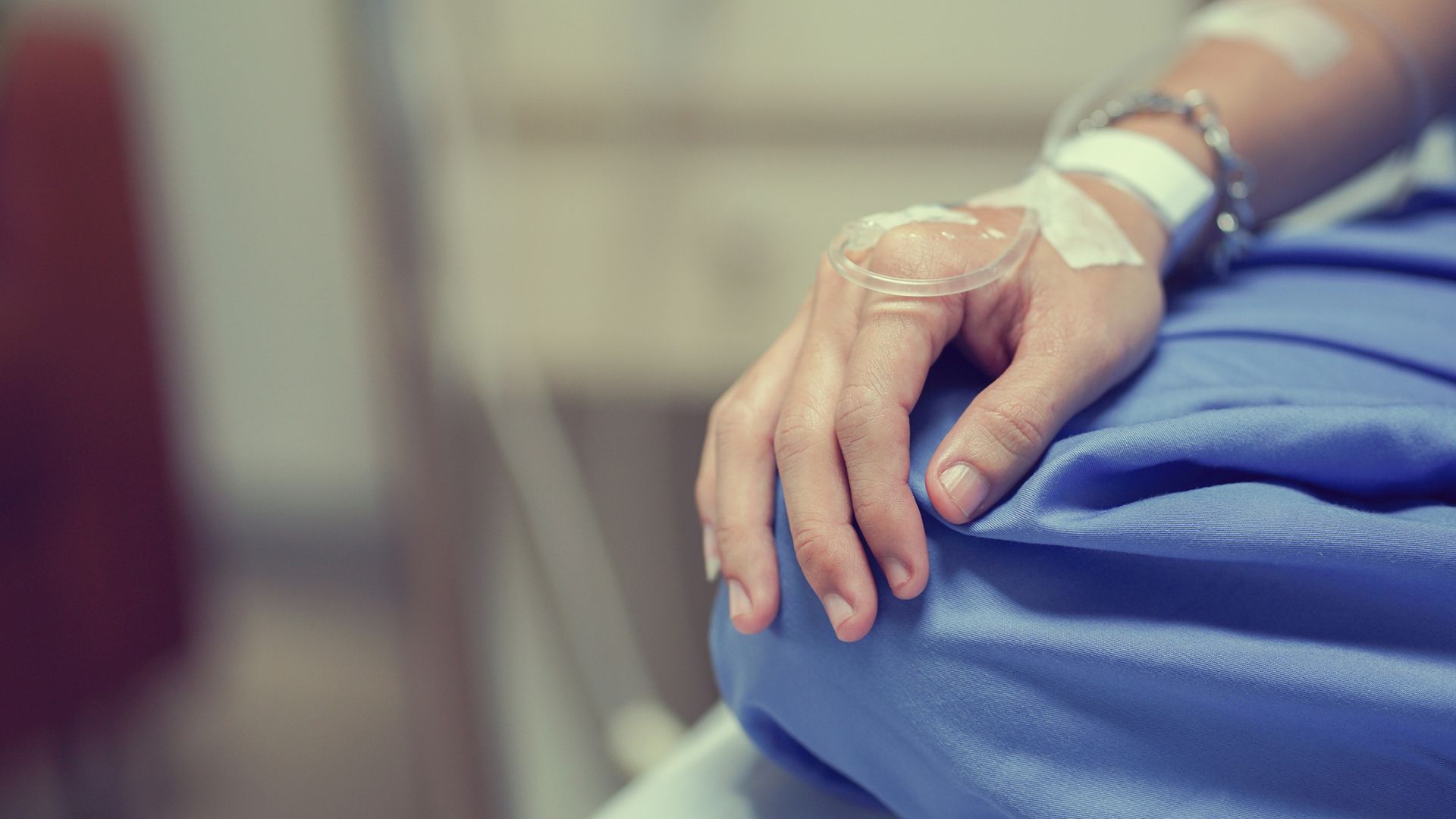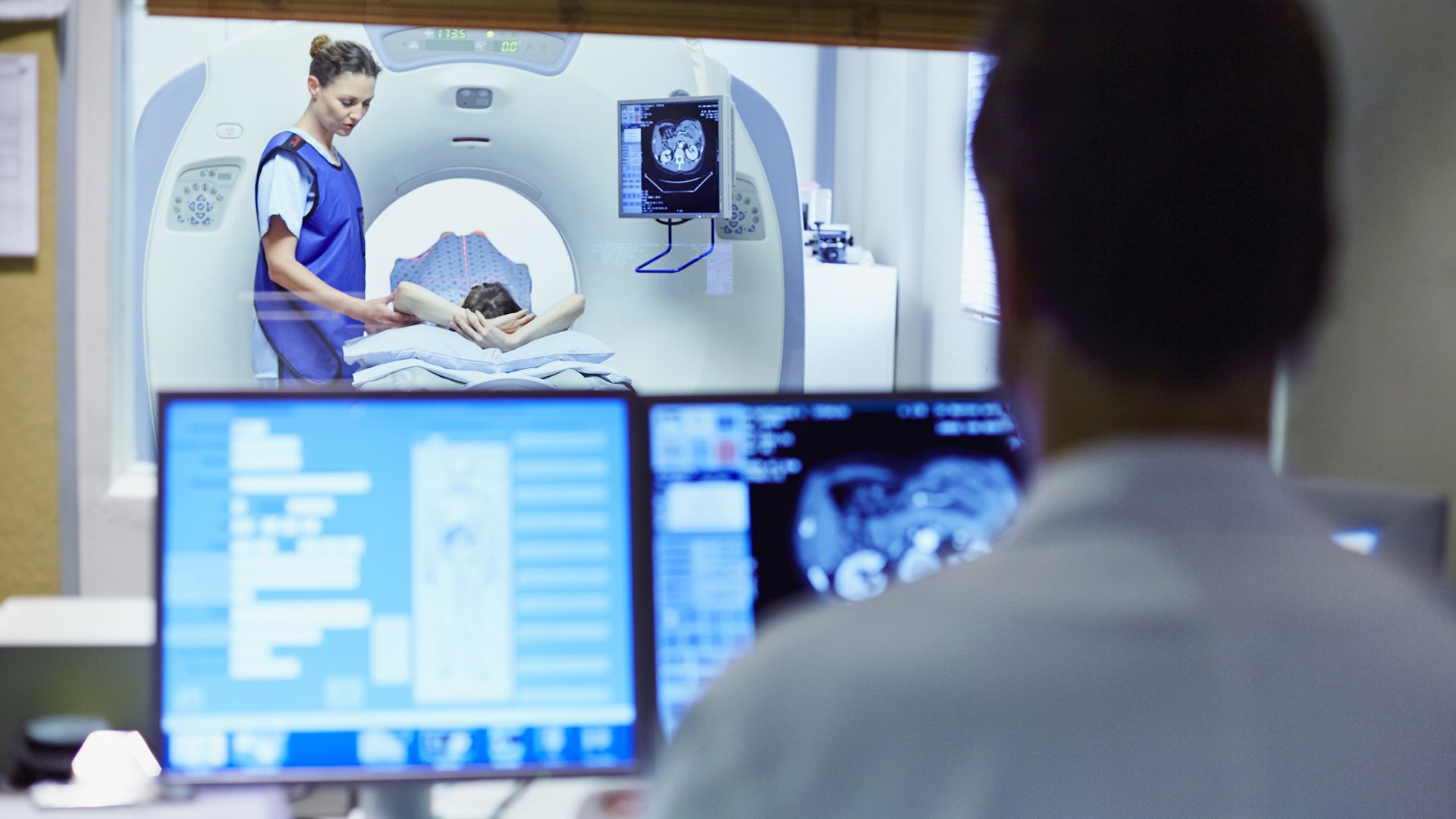Updated on January 2, 2025
You may not hear much about bladder cancer, which could make it seem rare. But it’s actually the ninth most common type of cancer in the United States. Each year, more than 80,000 new cases are diagnosed and more than 16,000 people die of the disease, according to the American Cancer Society (ACS).
Learn the essential facts about bladder cancer, including common risk factors, symptoms to watch for, how it’s diagnosed and treated, as well as strategies to prevent recurrence.
Risk factors you can control
There are several factors that can increase your odds of developing this type of cancer, including some that you may be able to change.
Smoking
“The biggest factor is smoking,” says Nadeem Rahman, MD, a urologist with Saint Agnes Medical Center in Fresno, California. “Many people think of smoking as only causing lung cancer or lung problems, but it’s by far the biggest risk factor for bladder cancer and cancer of the kidney lining and ureter.”
The bladder doesn’t seem like a likely repository for toxins from smoking, so what’s the connection? "Some of the toxins that are made by the smoke actually get excreted in the urinary tract,” Dr. Rahman says. “That's why it can cause bladder cancer.”
Quitting smoking can lower your risk for bladder cancer—among many other cancers—and improve your overall health. Talk to a healthcare provider (HCP) today about strategies for kicking the habit.
Hydration
A simple way to reduce your risk may be by drinking enough water each day. According to the ACS, people who drink plenty of water and other fluids might have lower rates of bladder cancer. The theory is that staying hydrated means more bathroom breaks, which can flush chemicals from your bladder.
Environmental exposures
While it may not always be possible to change jobs, working in industries that bring you in contact with cancer-causing chemicals can raise your bladder cancer risk.
“There are certain types of dyes found in paints,” Rahman explains. Inhalation of these chemicals, called aromatic amines, can predispose you to bladder cancer. Workers who face higher risks include:
- Painters
- Machinists
- Printers
- Hairdressers (if there is heavy exposure to hair dyes)
- Truck drivers (from exposure to diesel fumes)
- Firefighters
Diet and exercise
Some foods may contain high levels of arsenic, including seafood, rice, and fruit juice. Arsenic levels may also be high in drinking water. Contact your local government officials to check your level or have your well tested if you aren’t on city water lines. Also consider limiting foods that could contain a lot of arsenic.
Eating a healthy diet with plenty of fruits and vegetables is always a wise bet, as well. Aim to get your vitamins and minerals primarily from fresh foods, rather than from supplements or vitamins. It’s also a good idea to avoid supplements containing aristolochic acid (from herbs found in the Aristolochia family), as they’re linked to a higher risk of bladder cancer.
“There isn’t a specific diet to follow, but eating cleaner, healthier living, and avoiding processed foods will always be beneficial to your health,” Rahman says. He also recommends exercising three to five times a week.
Medications
A medication commonly used to treat diabetes, called pioglitazone, seems to be tied to a higher risk of bladder cancer. The higher the dose of this medication, the greater the risk. If you’re taking it, talk to an HCP about potential alternatives.
Risk factors you can’t control
The following factors may raise your odds of developing bladder cancer.
Age
Your risk increases as you grow older. About 9 in 10 people who develop bladder cancer are over age 55.
Sex
The reasons are unclear, but men are diagnosed three times more often than women. “The epidemiological studies haven’t really differentiated what, in particular, men do compared to what women do that puts them at higher risk,” says Rahman.
Family history and genetics
In some cases, inherited genes make it more difficult for the body to break down toxins. In other cases, family members have been exposed to the same carcinogens, such as cigarette smoke.
Race and ethnicity
White people tend to develop bladder cancer at about twice the rate of Black and Hispanic people.
History of bladder or other urothelial cancer
Bladder cancer has a high recurrence rate—as high as 70 to 80 percent for stage 1 cancers. “We don’t know what it is about bladder cancer that causes the recurrence rate to be so high, but again, all the risk factors, the hereditary aspect of it, the environmental aspect of it, all contribute,” says Rahman.
Chronic bladder infections
Frequent urinary infections, kidney stones, and other sources of bladder irritation have been associated with bladder cancer, according to the ACS.
Bladder cancer signs and screenings
Symptoms may include trouble urinating, having to urinate more frequently than usual, and pain while urinating. But one of the most common symptoms is blood in the urine. If you experience any of these symptoms, your HCP will likely take the following steps.
Urinalysis
This involves checking for blood in the urine under a microscope.
Cystoscopy
"A flexible camera goes into the urinary tract to the urethra,” Rahman says. “We’re looking for polyps or tumors.”
X-ray, CAT scan, MRI, or ultrasound
Since blood in the urine is a symptom of several other medical conditions, your HCP will do one or more of these screenings on the bladder and kidneys to rule out kidney stones or cancer of the kidney.
Different types of bladder cancer
Bladder cancer forms when cells start to grow uncontrollably in the urinary bladder, developing cancer cells that can form a tumor. “Most are transitional cell cancer, also called urothelial carcinoma,” says Rahman. “These are cancers of the lining of the bladder, the lining of the kidney, and the lining of the ureter.”
Other types include squamous cell cancer of the bladder and adenocarcinoma of the bladder, but Rahman says these aren’t as common.
Bladder cancer stages and treatment
There are five stages of bladder cancer. The stage determines treatment.
Stage 0
Cancer cells have been found in the lining of the bladder but haven’t yet grown into the bladder wall or muscle. Depending on the situation, treatment can involve immunotherapy. Immunotherapies help the immune system target and destroy cancer cells. “Bladder cancer has been one of the few things we know that responds well to immunotherapy,” Rahman says. “So sometimes when we try to rev up our body’s immune system, it can help prevent the recurrences.”
Treatment can also involve surgery plus chemotherapy, which is put directly into the bladder, to help prevent recurrence.
Stage 1
Cancer hasn’t yet broken into the muscles, but has dug deeper than stage 0, into the connective tissue. This cancer is removed surgically. Due to bladder cancer’s high recurrence rate, a person with stage 1 bladder cancer is observed every three to four months with cystoscopies, rechecking for polyps. The kidney is often screened as well. A person with stage 1 cancer may also receive immunotherapy, or they may have chemotherapy for up to three years.
Stage 2
Bladder lesions have grown into, or through, other layers of the muscle wall. Once that happens, treatment becomes more aggressive. “Oftentimes, these higher stages are treated with chemotherapy and radiation therapy, if they want to try to save the bladder,” says Rahman. In some cases, immunotherapy is given through an IV.
Surgery for removal of the bladder is a radical cystectomy. It may be followed by bladder reconstruction that essentially creates a new bladder inside the body. “It’s called a neobladder," Rahman explains. "You take a segment of the small intestine and make a little pouch out of it. You plug the ureter tubes into that and hook it back to the sphincter muscle. Then you can start urinating normally again.”
To be a candidate for neobladder reconstruction, your liver and kidneys must function normally, and you can’t have cancer of the urethra. Another similar approach is a continent diversion, where a valve is placed in the newly made internal pouch, allowing the patient to control urine drainage and removing the need for an external bag. The bladder is either removed or bypassed with either of these procedures.
If you’re not a candidate for reconstruction, an alternative is a urostomy, also called an ileal conduit. This is a procedure in which urine drains into an external pouch through an opening on the belly called a stoma. Urination cannot be controlled, and the pouch must be drained throughout the day.
Stage 3
The cancer grows entirely through the muscle and into the layer of fat around the bladder. It may have also spread to nearby areas like the prostate or uterus, and it may have spread to one or more specific local lymph nodes. Standard treatment is removing the bladder and lymph nodes. Typically, chemotherapy and/or radiation therapy is given before and after surgery to help shrink the tumor and kill cancer cells.
Immunotherapy may also be given if there’s a strong risk of the cancer returning, or if the chemotherapy doesn’t seem to work.
Stage 4
Cancer grows through the fat into the abdominal or pelvic walls, specific lymph nodes, or any other organs, such as your liver, lungs, or bones. This is also called metastatic bladder cancer.
“Treatment is chemotherapy along with local control, with or without removal of the bladder,” says Rahman. Radiation may also be used along with, or instead of, chemotherapy. A number of immunotherapy and targeted therapy drugs may be used in combination with each other. Some people who are able to tolerate it may receive systemic chemotherapy, which travels through the blood vessels to reach all over the body.
Survival rates
Thanks to constantly evolving medical treatments available to people with bladder cancer, the disease’s five-year survival rate has improved over the years. About 4 in 5 people are still alive five years after their diagnosis, according to the National Cancer Institute.
To help prevent bladder cancer, it’s important to pay attention to your body, notice any symptoms you may experience, and be mindful of your personal risk factors. Talk with your HCP about healthy lifestyle changes you can make to help lower your risk for bladder cancer.






